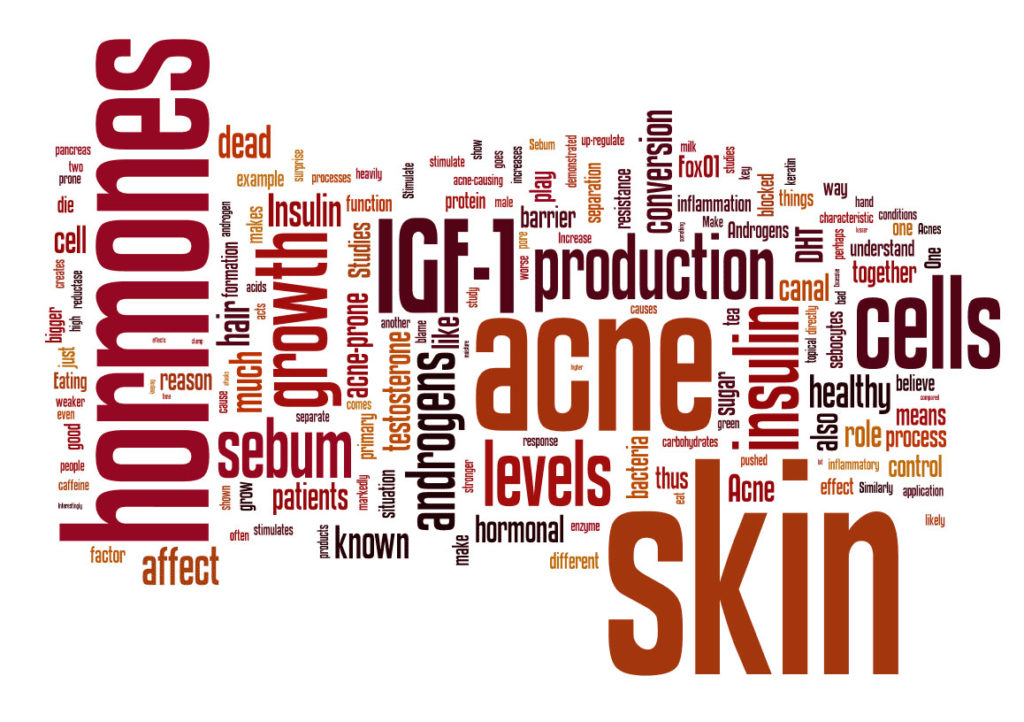“Good, better, best. Never let it rest. Until your good is better and your better is best.”
– Tim Duncan (NBA MVP)
To be a human is only human, but to be a superhuman requires both physical and mental excellence. All athletes long to be the best…to run just that bit faster, reach just that bit higher, or perform for just that bit longer. They want to do more and be more than just human. For some this means training strenuously; for others this means training smartly. You may have already concluded that the one who trains smarter is stronger in the long run. Why? Because they are achieving both physical and mental excellence.
In order for any athlete to achieve both physical and mental excellence, there are nutrition and lifestyle principles that contribute to peak athletic performance. The following nutrition and lifestyle guidelines provide an introductory programme to kick start your athletic training programme:
Whey protein is the optimal protein for many athletes. Whey contains essential peptides and amino acids with a high protein ratio of efficiency. Whey contains albumin, immunoglobulins (IgG1, IgG2, secretory IgA and IgM) and alpha and beta lactglobulin. Other components include iron binding proteins, calcium, potassium, enzymes, phosphorous, sodium, and vitamins A, C, B1, B2, B3, B5, B12, biotin and folic acid.
Creatine monohydrate is a very popular supplement and for good reasons. It is used to increase strength and lean body mass with consistent research results. Over 95% of creatine is located in muscles of the skeleton. One third is in free-form creatine, two-thirds is in creatine phosphate. Creatine phosphate produces energy in the form of ATP in muscle cells for about 10 seconds. After it is depleted the muscle shifts into anaerobic glycolysis for fuel. Creatine is formed from the amino acids glycine and arginine with a methyl group fromS-adenylmethionine (SAM).
Arginine is occasionally used to stimulate secretion of growth hormone. Arginine is required for synthesis of creatine.
Phosphatidylserine is used to prevent muscle tissue degradation. Physical exercise induces a clear increase in plasma norepinephrine, epinephrine, cortisol, adrenocorticotropic hormone, prolactin and growth hormone. If the increase in cortisol subsequent to intense exercise is lessened, breakdown of muscle tissue might be prevented.
Ornithine alpha ketoglutarate (OKG) promotes healing of wounds and has been successfully used in hospital burn units to slow loss of protein by decreasing catabolism of muscle protein and increasing synthesis. OKG is taken by many athletes to increase endurance and reduce muscle recovery time.
Branched-Chain Amino Acids
Leucine, isoleucine and valine – branched-chain amino acids have similar structures and interlocking methyl groups. These amino acids, especially leucine, are very important as they contribute as nitrogen donors and energy substrates in the formation of alanine, glutamine and aspartate.
Glutamine is the most abundant amino acid in the skeletal muscle and blood. Glutamine stimulates the synthesis and inhibits protein degradation. It is an important vehicle for the transportation of carbon and nitrogen within tissues, stimulates glycogen synthesis in the liver, and provides an energy source for cell division. Glutamine has an anabolic effect on skeletal muscle.
Pyruvate is a natural end-product of metabolism of carbohydrates. Pyruvate is believed to increase cellular respiration with a parallel increase in utilization of fat.
Pyruvate can improve athletic performance by improving glucose transport into muscle
cells to provide a steady source of instant energy. It has been shown to increase the time to reach exhaustion.
Boron may increase testosterone levels leading to increased muscle mass and contributing to energy.
Selenium is a cofactor for the enzyme glutathione peroxidase that is commonly found in formulas of antioxidants formulas. Evidence demonstrates that organic selenium partially compensates for the increased athletic oxidative stress.
Chromium is often advised as an aid in increasing lean muscle mass and for fat-burning. Published research, however, does not support these claims.
Chromium produces of glucose tolerance factor, and cholesterol and fat metabolism use fairly high levels of chromium.
Coenzyme Q10
Coenzyme Q10 is a quinone which occurs in the cells’ mitochondria and functions as a cofactor in the electron transport chain.
Desiccated Liver
Historically athletes have used beef liver concentrates to enhance lean muscle growth and promote strength.
Medium chain triglycerides are absorbed and rapidly broken down in the intestinal tract and transported to the liver and metabolized into ketones which are used for energy. MCT’s are less likely to be stored as fat and more likely to be used as fuel than long chain triglycerides. Long-term use of MCT’s has been shown to promote decreases in body weight.
Vitamin C is a potent antioxidant that is required for synthesis of collagen. Ascorbic acid may help protect muscles from excessive damage due to trauma or training.
N-Acetyl Cysteine
N-acetyl cysteine (NAC) is a precursor of glutathione. NAC supplementation may improve free radical scavenging in the body.
Carnitine is in the membrane of the mitochondria of our cells and assists with the transportation of long chain fatty acids into the cells where they undergo beta-oxidation. Animal protein is the primary source of carnitine.
Zinc plays a critical role in the synthesis of DNA and RNA which is needed for cell growth. As such, zinc is an important mineral for repair post body trauma. Zinc deficiency is often seen in nails with white spots.
Glucosamine Sulfate
Athletes are subject to micro trauma of muscles and joint problems. Glucosamine sulfate has been shown to stimulate the joint cartilage manufacturing and is needed to form connective tissue.
Korean ginseng has an extensive history as an adaptogen, Ginseng promotes regeneration of the body after fatigue and stress. Siberian ginseng has been shown to improve mental alertness and physical strength. It
was used routinely by Soviet military officers and Olympic athletes.
Ashwagandha (Withania somnifera) is an Ayurvedic herb that is also an adaptogen. It is also used to increase energy in cases characterized by debility and exhaustion.
Ma Huang
Ephedrine, the major alkaloid of the plant Ephedra Seneca otherwise known as Ma huang,
stimulates the sympathetic nervous system.
Ephedrine is used in many herbal diet formulas to promote thermogenesis, which is the conversion of food into heat. The thermogenic effects of ephedrine are enhanced by methylxanthines found in tea (Camellia sinensis), coffee (Coffee arabica), guarana (Paullinea cupana) and cola nut (Cola nitida).
Turmeric (Curcumin longa) in Ayurvedic medicine is an herb used for muscular and soft
tissue injuries. It is applied in pastes on the skin and consumed internally to prevent scars and adhesions and reduce inflammation.
Bromelain has a significant anti-inflammatory effect and may increase the absorption of glucosamine and flavonoids. Bromelain is very effective post injury for repair may be further effective when used prior to the event.
Saw palmetto, a plant native to Florida, has been used medicinally for centuries by Native American Indians.
The active ingredients of saw palmetto include fatty acids such as lauric
acid, myristic acid, and oleic acid. Optimum quality supplements are usually standardized
to contain 90% sterols and fatty acids. The main activity of the berries of the plant is inhibition of the enzyme 5-alpha-reductase causing the conversion of testosterone into dihydro-testosterone (DHT) which decreased inflammation.
*Please note that nutritional and other supplements should be cycled, particularly if they
are taken in large quantities and carefully monitored by a nutrition specialist practitioner.
Diet
The Paleo diet by Robb Wolf is another diet that is based on building lean muscle mass by eating according to what our Palaeolithic ancestors would have ate.
The Zone by Barry Sears, PhD is written with athletes in mind. The diet consists of
balancing the ratio of carbohydrates, protein and fats to achieve a state where the body and
mind work together at their ultimate best: The Zone.
Reducing the risk of ‘adrenal fatigue’- overtraining burnout
All athletes should be aware of the symptoms overtraining burnout. These include cumulative exhaustion and fatigue, depression, insomnia, low grade fevers, fits of anger and infections. One of the signature signs of overtraining burnout is an increased or decreased resting heart rate. Hormonal imbalance can also result from burnout, causing impotence in men and deepening voice in women.
Time off is needed from vigorous exercise routines for the body and mind to rest and recover. To train smartly rather than strenuously leading to adrenal fatigue, yoga and meditation activities are crucial for stress management, mental clarity, and inner communication between the body and mind so when it’s time to perform the mind and body work as a team. Incorporate these activities into your athletic programme to allow the body time to recover and ultimately increase performance.
By utilising the guidelines provided for optimum nutrition and incorporation of mind-body training, expect to achieve your superhuman best. However, the greatest challenge is determination to follow these principles, and only that can come from within. As one of the greatest spiritual and political leaders of all times says, “Strength does not come from physical capacity. It comes from an indomitable will.”
– Mahatma Gandhi (Political and Spiritual Leader)




